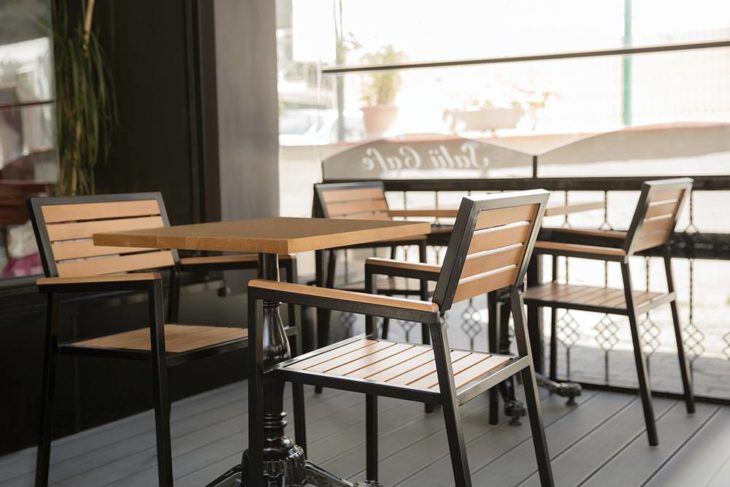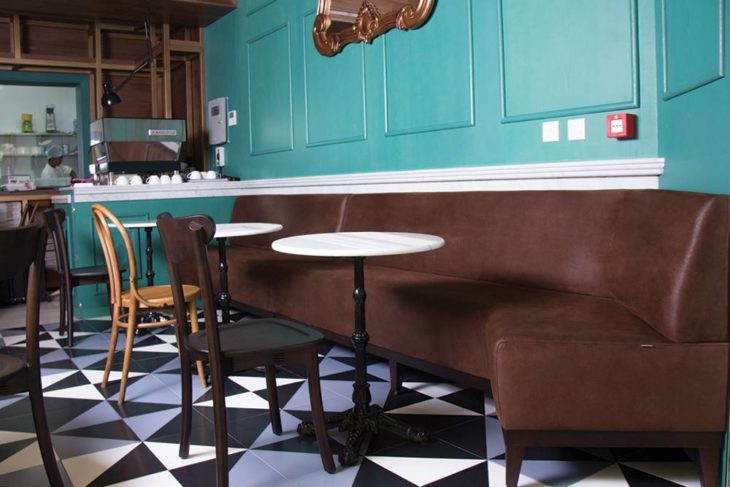
Promotional pricing is typically used when new products are being introduced to the market. It can also be used to stimulate demand for products or services with lagging demand. This strategy of price targets buyers who are looking for the deal.
Some examples of promotional pricing are:
- Special event pricing. Pricing that is 'special' (or lowered) for special events such as Christmas, Easter, Valentine's Day, Mother's Day, Super Bowl, Thanksgiving and Back to School.
- Rebate programs . Such as a rebate or allowance when buying a home and the seller offers a move-in allowance, or a carpet replacement or renovation allowance or a rebate for all cash, no financing, and purchases of big ticket items like cars.
- Low or no-interest financing. A number of furniture stores will advertise no-interest financing loans for furniture purchases. Car dealerships also offer these pricing programs – often for last year models. This strategy has been a sales success for a number of industries in the past, be careful how you use it though as consumers are becoming more sensitive to the true value of the strategy.
- Buy One, Get One free or Two for the Price of One . If product costs are low, and price includes a healthy profit margin, this may be a good strategy to use if you have an overabundance of inventory. Even better if competitive pricing comparisons result in your product offer being the better deal.
- Extended payment terms. This can also be viewed as a hold and pay, or lay-away, pricing model. You typically pay a deposit and pay over time. You do not get the product until paid up. The renovation and construction industry do a variation on this strategy: you usually are required to pay one third of the projected cost for the project up-front – this is to help pay for the materials; one third about half way through the project and the balance on completion. For the business-to-business market, the extended payment terms might be pay in net 30 days, or net 60 days or a discount if you pay in net 15 days. There are many variations to this pricing strategy.
- No charge or low-cost warranties. If a business has a good warranty or return program (good in the sense that there are no, or few, product failures and no, or few, product returns), then it is not a high cost investment for them to offer low cost or no cost warranties. Buyers view these types of promotional prices very positively because they believe it shows that the business has high confidence in the product's performance.
The promotional pricing strategy has been over-used in the retail markets and buyers have developed a healthy skepticism about the reality of the 'deal'. One of the most often used promotional pricing strategies is the "Going Out of Business" sale; the sale seems to last for years and the business eventually just 'goes out of business' at that location but then restarts elsewhere.
Be careful with how you use promotional pricing. There is still room for some effective promotional pricing programs in the business-to-business markets; be smart in how you develop your pricing strategy.
Source by Kris Bovay





